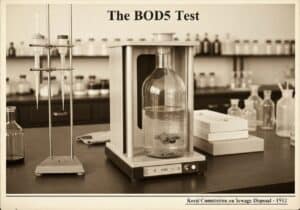The Critical Path Method (sometimes referred as CPM, confusing in many domains) is a methodology for scheduling project activities. It identifies the longest stretch of dependent tasks (the ‘critical path’) and measures the time required to complete them from start to finish. Any delay in a task on the critical path directly impacts the project’s completion date -targeted parameter here is date, not cost, nor quality, nor resources, although none of these are independent-. It helps consequently in resource allocation and schedule optimization.




























